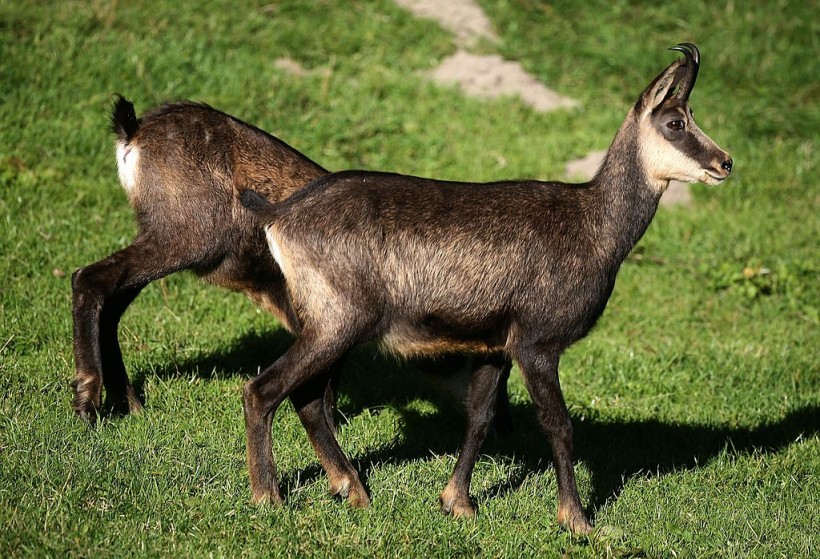Scientists have previously found frozen remains of animals that have been preserved for thousands of years in places like Siberia. In the Italian Alps, a hiker recently came across a goat that's been frozen for nearly 400 years.

Hermann Oberlechner, a champion skier, shared that around half of the animal's body was sticking out of the ground. He first thought it was the carcass of an ordinary animal until he noticed its hairless skin. Hermann described the skin as 'completely hairless' and that it resembled leather.
He had been hiking with a team for nearly six hours near the Austrian-Italian when he came across the remains and notified a park ranger. The Department of Cultural Heritage was notified but Hermann had reached a part of the Alps that road vehicles could not access. The frozen carcass was airlifted by the Alpine Army corps and placed in a special case and is kept in a cell at 23 degrees Fahrenheit so that its DNA would not degrade.
Discovering a Chamois
Scientists identified the animal to be a chamois, a goat-antelope species native to European mountains. Its skin is gentle, non-abrasive, and was used to make leather that was popular in the 19th century to make gloves while its gamsbart, or neck hair, were made into hat decorations.
Some species are also found in Turkey while some have been introduced in the South Island of New Zealand. Several chamois subspecies are protected under the European Habitats Directive.
Researchers have not yet determined if the animal is male or female or its cause of death. Due to climate change, experts believe that ice mummies will become an increasingly common find.
The 400-year old goat was transported to Eurac Research's conservation lab. The 'ice mummy' will continue to be examined so scientists can improve ways of preserving other frozen carcasses for further studies.
Marco Samadelli from Eurac shared, 'Thanks to our previous studies we know the optimal physical and chemical parameters for preservation from a microbiological point of view.' He explained that they will analyze how DNA is altered when external conditions change such as ice mummies thawing after being frozen for several years.
Read Also: Preserved Ice Age Puppy Apparently Ate a Woolly Rhino Before It Died
Preserving Ice Mummies
Other ice mummies that scientists have found include Otzi, which was also discovered in the Italian Alps by hikers in 1991. His body was perfectly preserved when it was discovered and is kept in a chamber at 21 degrees Fahrenheit at the South Tyrol Museum of Archaeology.
Otzi, also known as the Iceman, was discovered to have over 60 tattoos, had lived during the Copper Age nearly 5,000 years ago, and was 46 years old. Scientists have also traced his roots to Sardinia, had heart disease, and was lactose intolerant.
Albert Zink from the institute's Mummy Studies shared that this was the first time an ice mummy will be studied in this way so that through scientific data, they can 'develop a globally valid conservation protocol for ice mummies.'
Check out more news and information on Mummies on Science Times.














